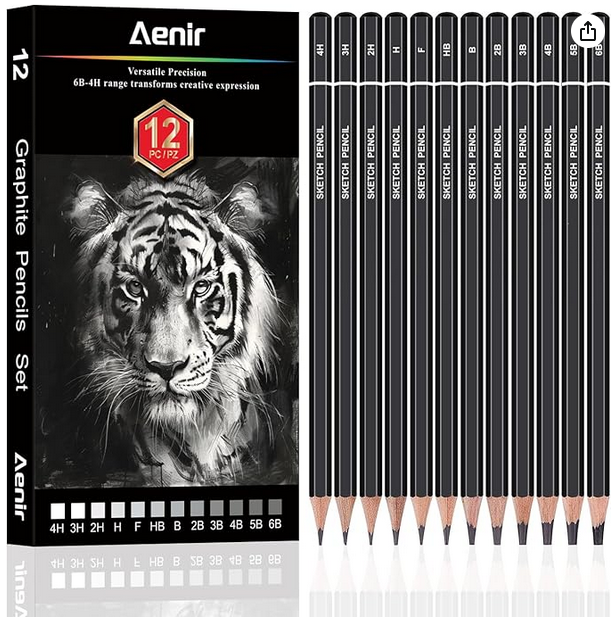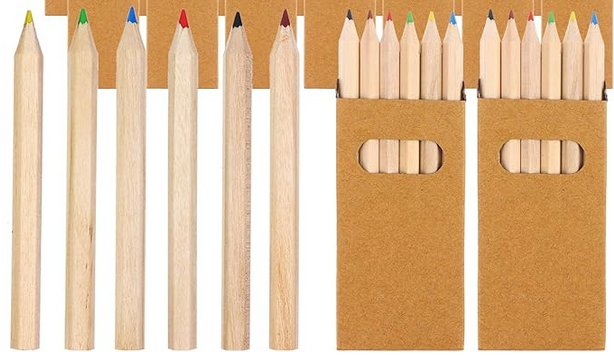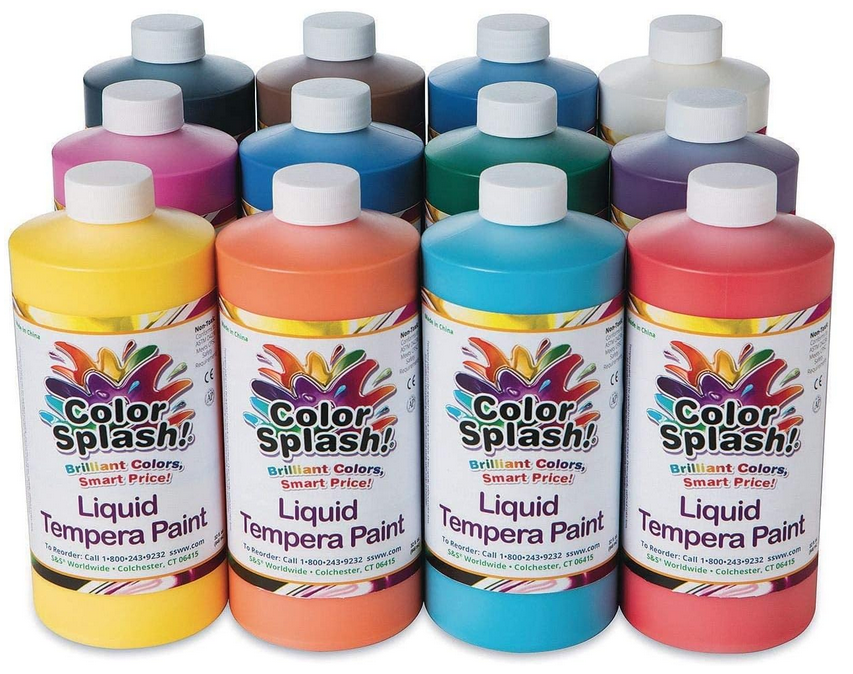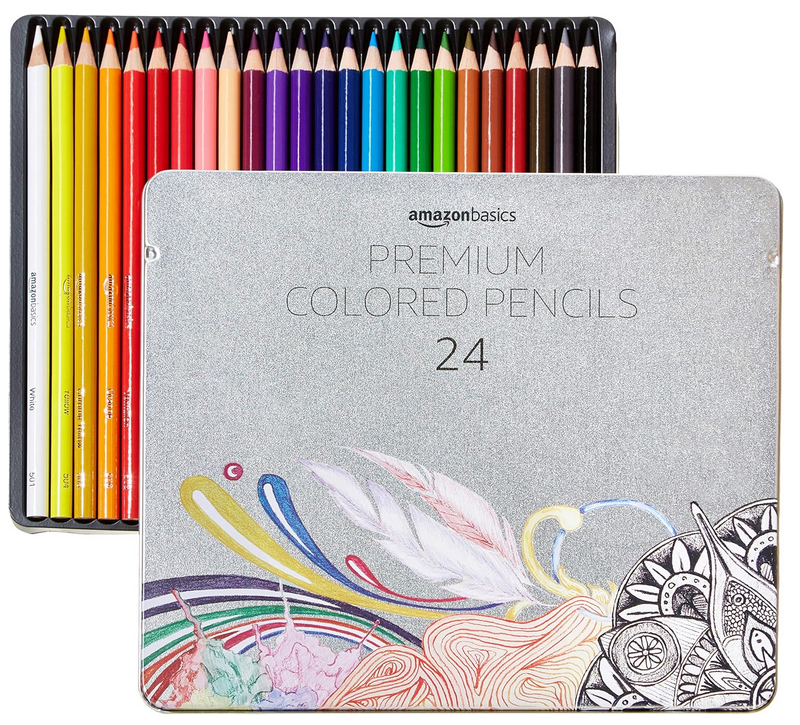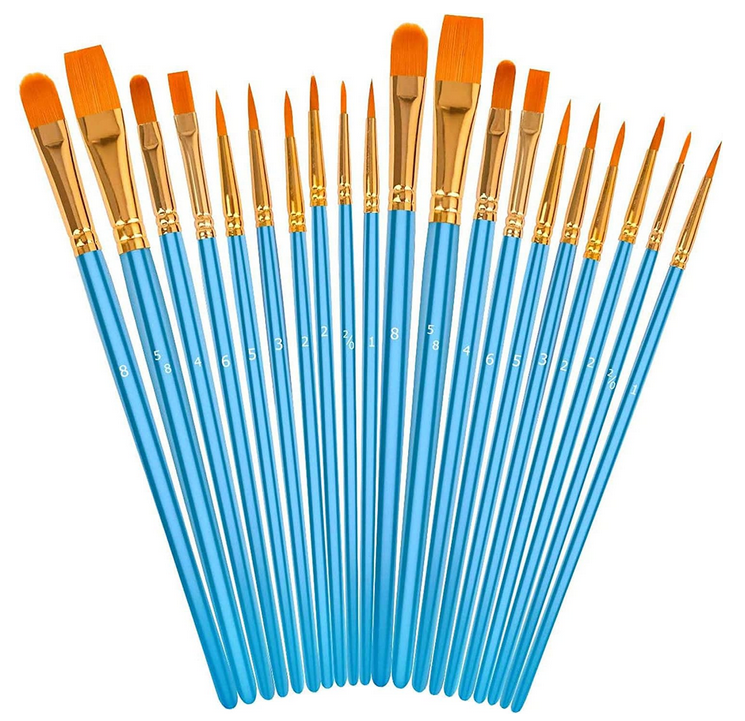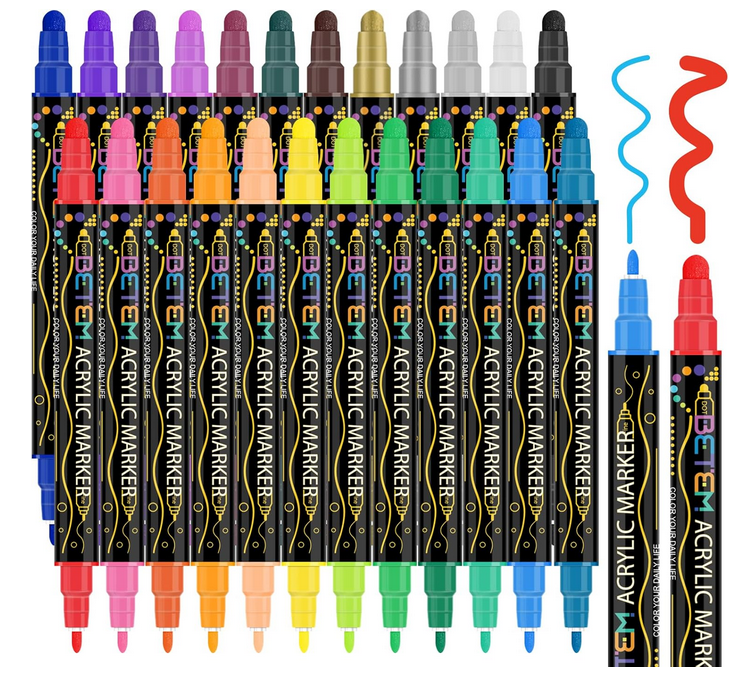Drawing Pencils
Drawing pencils come in varying grades for different effects in your drawings.

graphite pencils
The graphite pencil, more commonly knows as the lead pencil, is the most frequently used tool for drawing. Graphite is a solid mineral that has a metallic brightness and a waxy consistency. It was discovered in Cumberland, England, in 1560, but it was not until 1640 that it reached France as an implement of drawing.
conté crayons
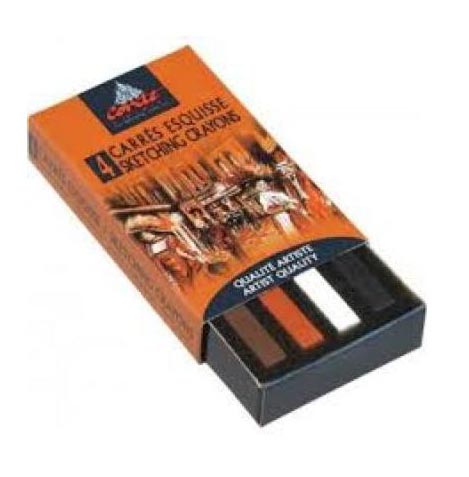
In 1792, during the French Revolution, England broke its ties with France and stopped supplying graphite. It was then that the French engineer and chemist Nicolas Jacques Conté developed the "conté crayon," composed of a mixture of graphite and clay and covered with cedarwood. Conté also developed soft lead and hard lead pencils to create darker or lighter effects by changing the amount of graphite in relation to the clay.
grading
The original quality of these early pencils has been improved. Today, manufacturers make pencils of different quality and gradations ...
High quality pencils with seventeen gradations ranging from softest to hardest:
8B, 7B, 6B, 5B, 4B, 3B, 2B, B, HB, F, H, 2H, 3H, 4H, 5H, 6H, 7H, 8H, 9H
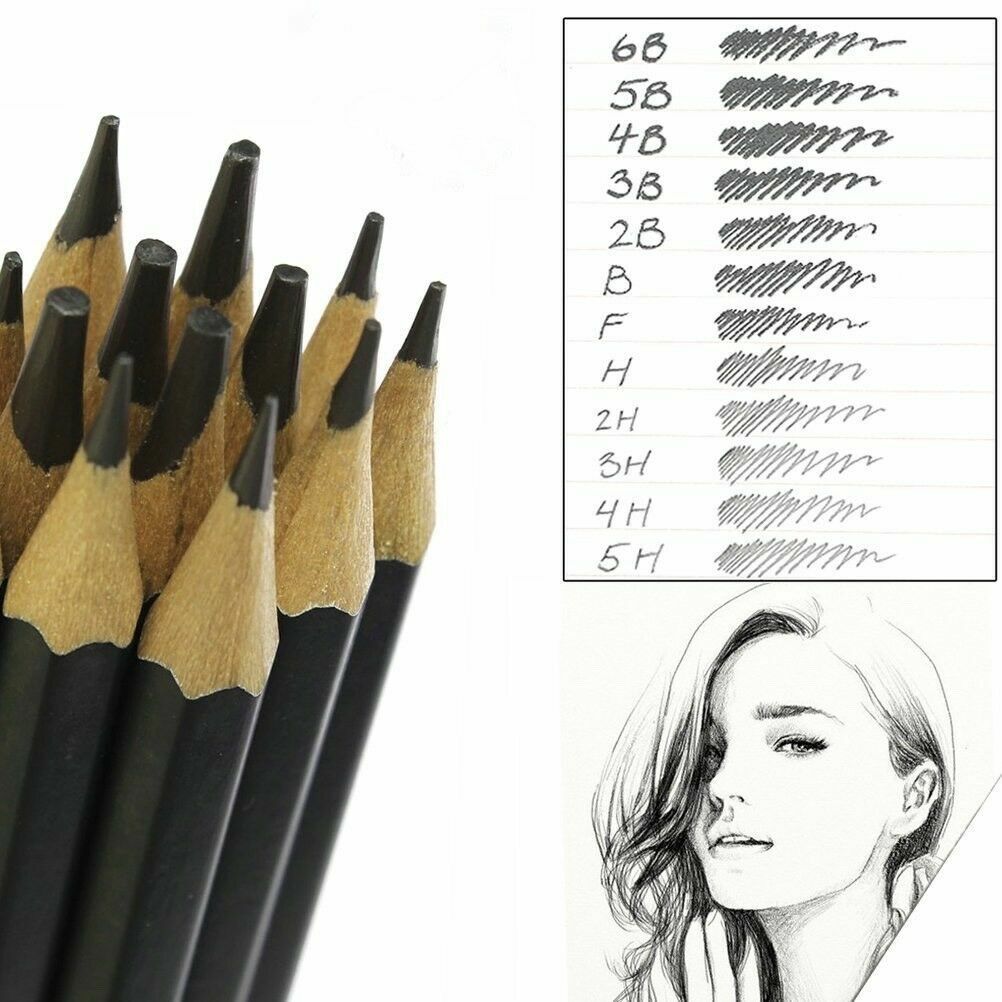
School quality pencils have three gradations ...
No. 1, soft, equivalent to 2B
No. 2, equivalent to B
No. 3, hard, equivalent to H
click here for an excellent ... video about drawing pencils!
|
click here: Drawing Pencils from Amazon - perfect for students! |
|
click here: Shorty Colored Pencils from Amazon - a classroom set. |
Okay, so now I've put on some ads from Amazon - from which I may earn a few cents. (2025)
